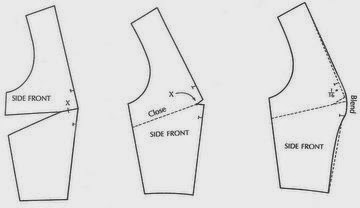¿Cual es el error que tenemos al comprar ropa?
Alguna gente al tiempo de comprar ropa no sabe la talla correcta que necesita y recurre a la talla que ya sabía que era hace unos 5 años atrás. Un 98% de esta gente no sabe cual es su talla, tiene miedo de cambiar de talla y admitir que esta más gorda(o) o delgada(o) y el otro 2% realmente no sabe que talla es porque creció.
Otro error que comete la gente es comprar ropa muy ajusta que hasta no puede respirar. Este error mucha lo comete y no sabe que malo para la salud causando infecciones y deformando el cuerpo.
Aprende como buscar tu talla:
1) Mide tu cintura con una cinta métrica. (Por la ropa de cintura que compres)
2) Mide tu cadera con una cinta métrica. (Por la ropa de cadera que adquieras)
3) Mide lo largo: si es de cintura mide desde la cintura hasta lo largo que usted prefiera.
si es de cadera mide desde la cadera hasta lo largo que usted guste.
( Digo esto porque existen muchos tipos de pantalones. Ejemplos: Capri, short...
4) Mide tu busto con la cinta métrica, esto te va ayudar para blusas, vestidos, ropa interior y más.
*Si no tienes cinta métrica puedes usar un hilo o listón y después con ese hilo o listón lo mides con tu regla.
Los peores ejemplos sobre el mal uso




















































